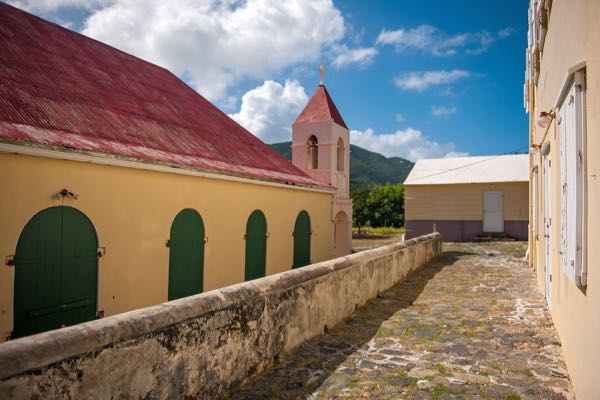
When you live somewhere special like St. John, it’s no surprise when national and international publications take note. Oftentimes, however, stories posted or published miss the beat in a way and portray St. John as something it’s not. (That’s totally my opinion of course, but I know there’s a large group of people here who tend to feel the same way.)
The most recent article on St. John that was just posted to the New York Times website yesterday is certainly an exception. I personally think it is very good, true to St. John and of course, very well written. Check it out and let me know what you think…
Slowing Down, Finding Hidden Paradise on St. John
Rush, and you’ll miss hidden beaches, food trucks and one of the most elegant resorts in the Caribbean. Here’s how to find them.
By JEREMY W. PETERS
Idleness is generally not something visitors to remote corners of the Caribbean need to seek out. It is forced on you.
Your rental car breaks down on a Saturday morning, stranding you at a beach parking lot, for instance, and you call the number on your key to find out that a) they are closed Saturdays, and b) the person answering the after-hours line says they might — just might — be able to get you a working car sometime.
Eventually, you realize that the reason your calamity is being treated as a mere inconvenience is that that is what it is. And, in my case, such inconveniences might be reminders to follow the advice of an acquaintance who has lived on St. John for more than 20 years: Slow down.
St. John unfurls itself in unexpected ways if you just give it time. Slowing down was how I found a little path near a lookout point called Peace Hill that led down to a deserted beach; most tourists walk right past it on the way to the main attraction, an old windmill ruin.
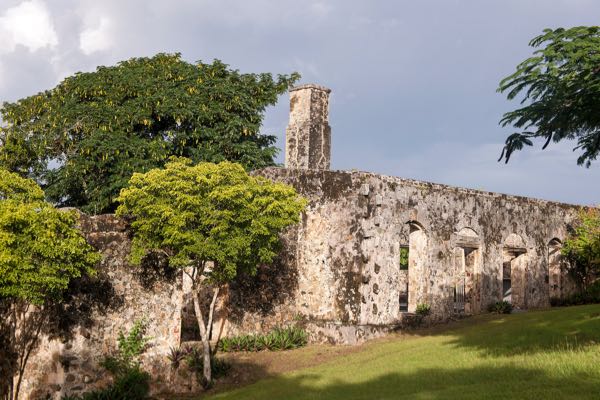
Slowing down was how I saw sea life dart in and out of mangroves when I went snorkeling on St. John’s East End; at first the crustaceans and tiny fish are invisible but if you move as little as possible and wait, they slowly come to life.
It was how I discovered a great Asian-inspired restaurant in town that was easy to miss unless you knew the way in: through a minimart, past the junk food aisle.
Unless you slow down, you might miss St. John itself. There is no airport or cruise ship dock, which keeps the tourist hordes down. Many people do not even realize that it is part of the United States, as one of the country’s three major Virgin Islands. It is a short ferry ride from St. Thomas, which is accessible by several direct flights a day from major mainland cities like New York, Atlanta and Miami.
What really keeps St. John feeling so remote and unhurried is the fact that it is largely off limits to developers. More than half the island is taken up by one of the lesser-known parks in the national park system, Virgin Islands National Park.
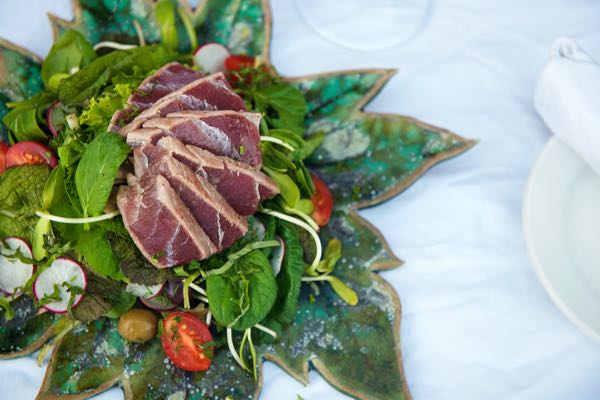
You won’t find the kind of garish development that chokes other parts of the Caribbean. There are no high-rise hotels, no strip malls filled with T-shirt and tchotchke shops, no barking beach vendors asking to braid your hair or sell you a drink in a coconut.
I was no stranger to St. John. What I always remembered about it — and what drew me back there after more than a decade since I moved back to the United States mainland from St. Thomas, where I was a reporter just out of college — was that it was the place Virgin Islanders went when they needed a little vacation.
I would visit every couple of months when I was living in St. Thomas, usually for a weekend getaway or to impress my family and friends when they came down for a visit. And every time I navigated the island’s steep, serpentine roads in my Jeep and stopped at the first overlook outside town, I would take in the 180 degrees of sparkling azure water and lush virgin mountainsides and catch myself: “I can’t believe this place is part of the United States.”
When I returned there last year, I realized I’d never really taken the time to get to know St. John as well as I thought. This time, with my partner, Brendan, I would take it slow.
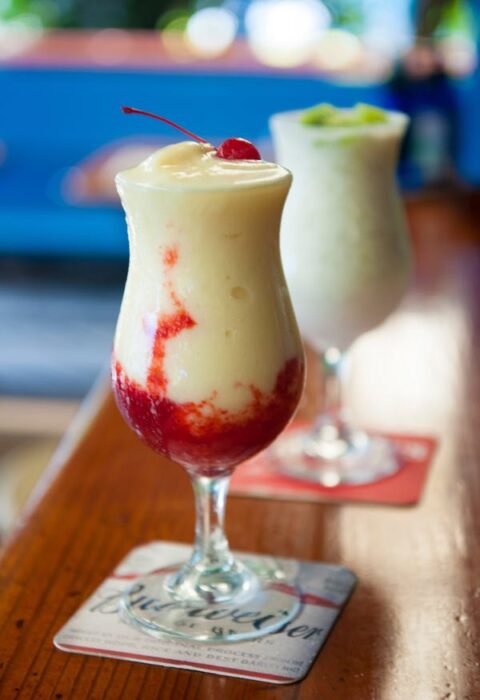
Over four days we took our rented Jeep Wrangler on as many of the passable roads on St. John as we could, stopping at all the beaches, bars, scenic lookouts and trails we had time for. Here is everything you might otherwise miss. I should know, because I did the first time.
Caneel Bay
Caneel has a reputation as one of the most luxurious resorts in the Caribbean. But it, too, is hidden from people in a rush. When passing it on a boat you have to look hard to notice its green and tan low-rise buildings, which disappear into the surrounding hillsides. There are few resorts in the Caribbean as suited to their surroundings.
Everything there, it seemed, was designed to be inoffensive to the eye. The taxis that run guests around the sprawling property are painted a pale green, as are the landscaping trucks and housekeeping golf carts. The beach chairs are a sandy brown. Locals tell a story about the time the former owner of the property, Laurance Rockefeller, went sailing by and saw that the staff had set out new turquoise chairs. Horrified, he ordered them banished. The resort auctioned them off, and soon many of the homes on the island had brand-new turquoise deck chairs of their own.
There is something almost intangible about how refined Caneel is, beyond those carefully color-coordinated golf carts, the astronomical thread counts and the sumptuous bath products. Being there feels like being a resident of an exclusive, self-contained republic. An army of staff members tends to the 166 rooms, seven beaches and 170 acres of meticulously maintained grounds.

From the moment we set foot on the private dock that receives guests arriving from St. Thomas, we were free from worry. We were met by a smiling, waving welcoming committee of a half-dozen workers, who handed us cool towels and whisked us off to our room on a golf cart. One morning, as we headed to the beach on one of the resort taxis, I muttered to Brendan that I had forgotten our towels. All of a sudden our taxi came to a halt and the driver hustled away. Perplexed, we watched as he ran over to a housekeeping cart and grabbed two fresh towels for us.
The resort is so big that you may feel the need to be transported everywhere on one of its frequently running shuttles. But roaming on foot is far more rewarding. There are trails that run through the property, like Mary’s Trail, named for Mr. Rockefeller’s wife, which winds for a half mile over some cliffs along the water. It deposits you at my favorite of the resort’s seven beaches, Turtle Bay Beach. Tucked into a small cove book ended by rocks, the beach is a wide but fairly short strip of soft white sand with few people ever on it. There is also a swimming pool on the property. But its presence seemed purely ornamental. It is a hike from most of the rooms, and I never saw anyone in it.
Caneel may not come cheap, but it’s not off limits or unwelcoming for those who have other uses for $800 a night. Virgin Islands law provides for public access to almost all beaches. So have breakfast at Caneel’s Beach Terrace one day and bring your bathing suit and towel so you can hit a beach when you’re done. Just remember: You have to know what you’re looking for. Caneel’s entrance off North Shore Road is unmarked. Only a stone gatehouse alerts you to the fact that something special lies inside.
Cruz Bay
As St. John’s busiest harbor and a hub for ferries coming from St. Thomas and the British Virgin Islands, Cruz Bay is the closest thing St. John has to a city. It is easy to think that you’ve covered Cruz Bay after walking its narrow grid of streets for 20 minutes or so. But the best thing to do is to ask the locals where to go.
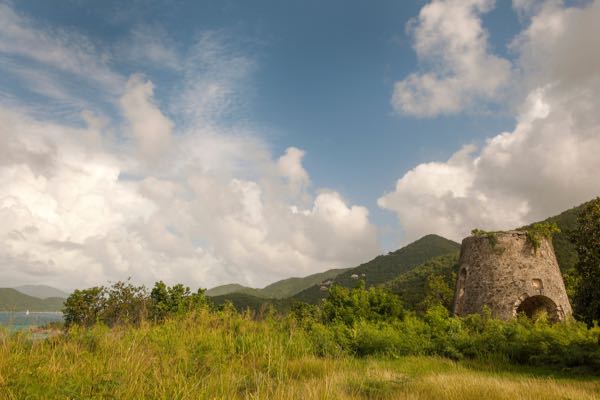
Had we trusted our own instincts and not asked around, we never would have found lunch at the Little Olive food truck, which sells Greek dishes like chicken gyros, spanakopita and fiery feta fries — sweet potatoes dappled with Sriracha, feta and oregano. They are all generously portioned, if a bit messy. So ask for extra napkins. And make sure you get directions before you go. Little Olive can be a little difficult to find in its unassuming location — a parking lot next to the town tennis courts.
Two of our best finds for food and drinks were also off the grid, though easy enough to locate by asking around. The first was the Bowery, a little respite of a bar where we stopped for happy hour one evening. It is peacefully removed from the clamor of the beachfront bars along the water in Cruz Bay, sealed off by a glass door. “It keeps the drunks out,” our bartender said, sounding quite pleased. We ordered a crisp, dry rosé and a generously sized charcuterie-and-cheese plate that more than held us over until dinner. Another bonus our bartender took pride in: The Bowery has no blender for frozen drinks. If the Virgin Islands had an unofficial state song, it would be the rattling whir, buzz and chop of a bar blender — a bit of noise pollution that is inescapable in most bars.
Our other hidden-in-plain-sight find was a funky Asian-inspired restaurant and bar called Rhumb Lines, inside the Bayside Mini Mart. Just walk past a few aisles of potato chips, travel-size toiletries and soft drinks, step past the cash register — and a dinner of shrimp pad thai, grilled mahi-mahi or sesame-crusted Sichuan tuna is waiting for you.
Cruz Bay has become a little hub of culinary experimentation and innovation over the last few years. And we had great meals at other places like La Tapa, which has a nightly changing menu of seafood, meats and greens that were so fresh I asked the waiter if they were picked that day. He said they were indeed — by a woman named Josephine who provides her signature peppery arugula mixes to many of the restaurants in town.
One of our favorite places was by no means hidden. The Longboard, a bar and small-plates restaurant, announces itself as the new hot spot on the block with its fresh white paint job and slick signage. In this case, I was grateful for its conspicuousness, which drew us in and rewarded us with Hawaiian-influenced dishes like ahi tuna poke, panko-crusted mahi-mahi sliders and fish tacos, which we washed down with the restaurant’s signature lavender-and-lemongrass-infused gin and tonic.
The North Shore
St. John’s north shore beaches — Hawksnest Bay, Trunk Bay, Cinnamon Bay and Maho Bay, among others — are its most stunning attractions, but they are often congested during high season. Some of the best, most deserted beaches require a hike. Those extra steps are an effective deterrent to large crowds. Closer to Cruz Bay are Honeymoon and Solomon beaches, which are adjacent to Caneel Bay but also accessible on the Lind Point Trail from the Virgin Islands National Park visitor center in Cruz Bay.
If you want even more isolation, try to find Denis Bay. The trailhead that leads down to Denis is a little farther up North Shore Road, just past the entrance to Caneel. You have to pass Hawksnest and then look for the signs for Peace Hill, where the main attraction is a sugar-mill ruin on a windswept perch overlooking the water. (The vista is definitely worth the short hike up before you start your trek down to the water.) Just as you start the trail that climbs up to the mill from a small parking lot, look right. A narrow, unmarked path leads to a steep descent that flattens out closer to the water. The beach has perfect white sand that is not so fine and soft that it sticks to you everywhere like wet flour. And it’s not so coarse that it scrubs your feet raw.
We hung our towels and bags on one of the trees that provide ample shade along the beach and waded in. As we were floating on our backs, we noticed a little commotion down the beach. A small crowd had gathered around a surprise visitor: a lone flamingo that had wandered onto the beach, most likely a deserter from the colony that Richard Branson maintains on his nearby private island. This bird certainly had good taste in beaches.
Maho Bay, at the eastern end of North Shore Road, was quite a different beach experience. Since it’s right off the road, it tends to get crowded. The strip of sand is narrower than those of other beaches on the north shore, like Cinnamon. But the bay is more protected and the water calmer. Many visitors flock to it for the sea turtles, which use the underwater grass beds as a feeding ground. Chances are you will see plenty of them if you strap on a snorkel and mask.
The full story will be printed in Sunday’s edition The New York Times.


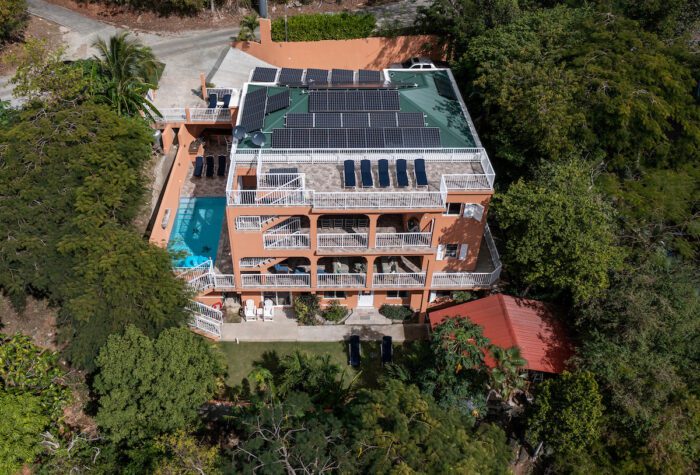
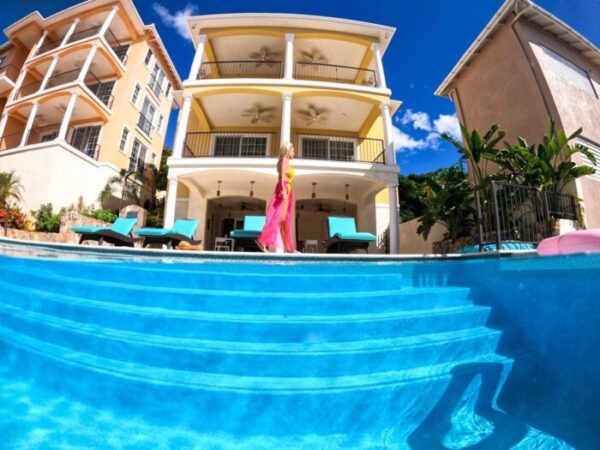
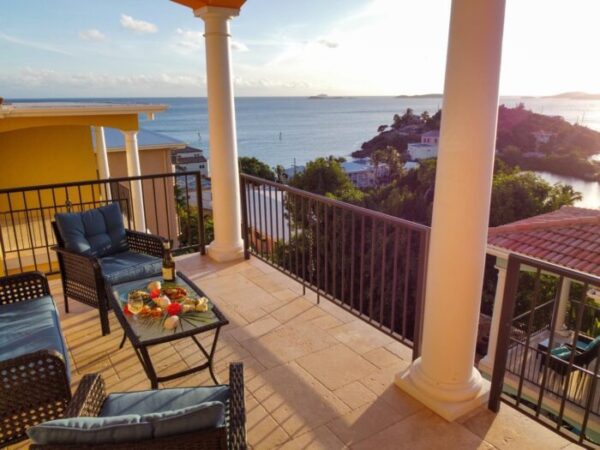
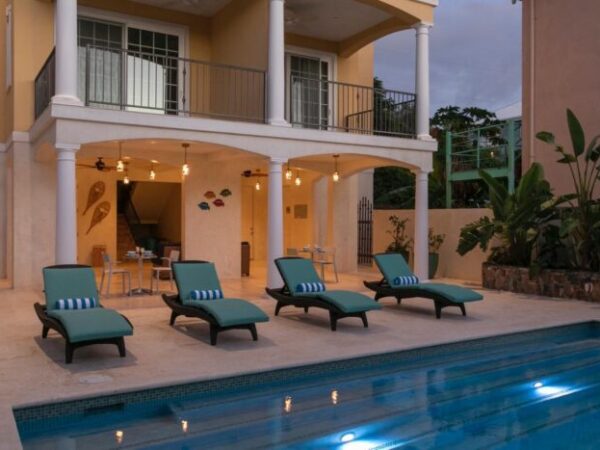
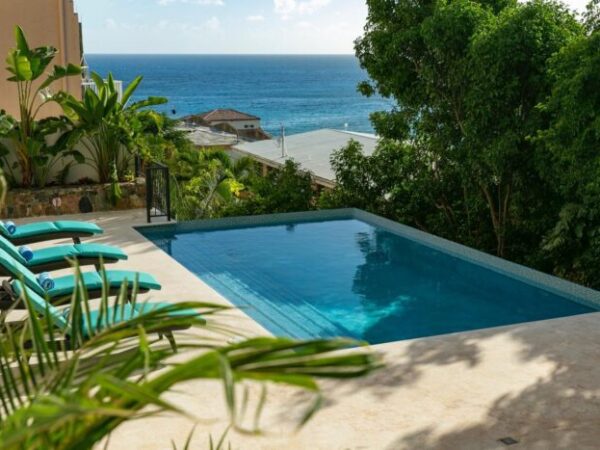


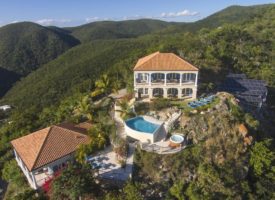
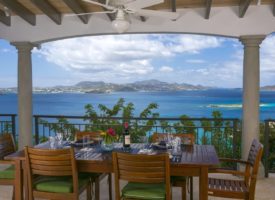
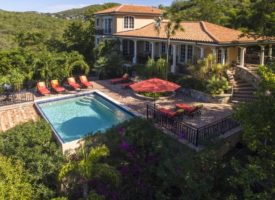
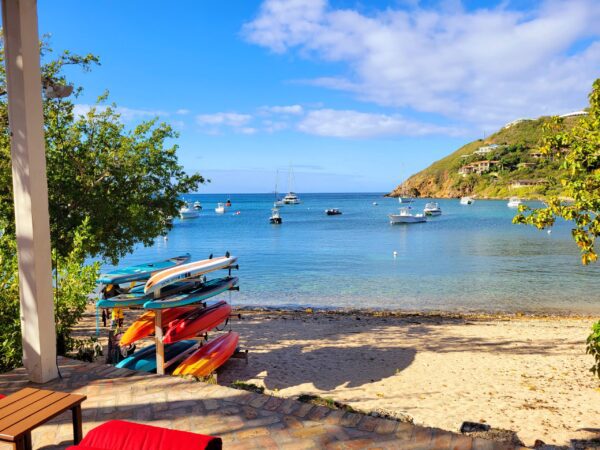
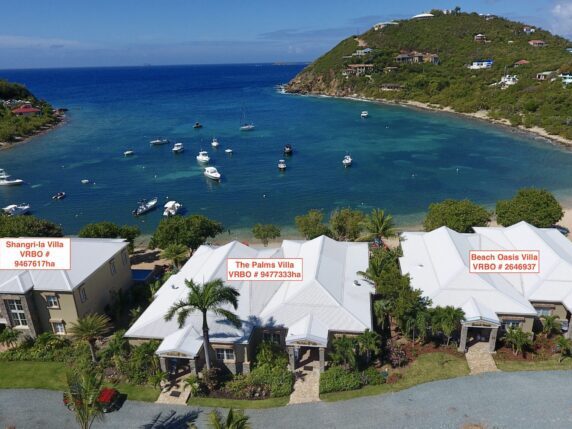
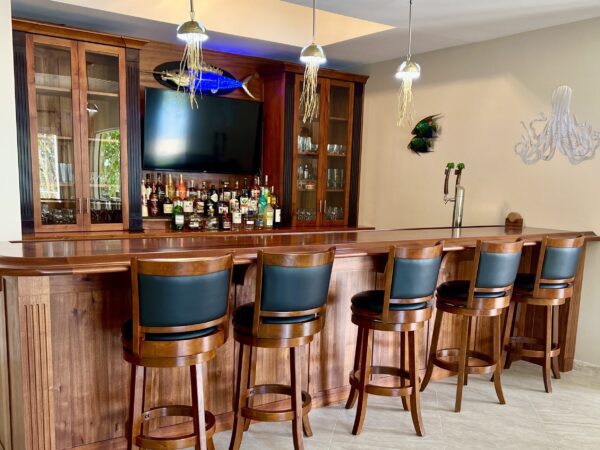
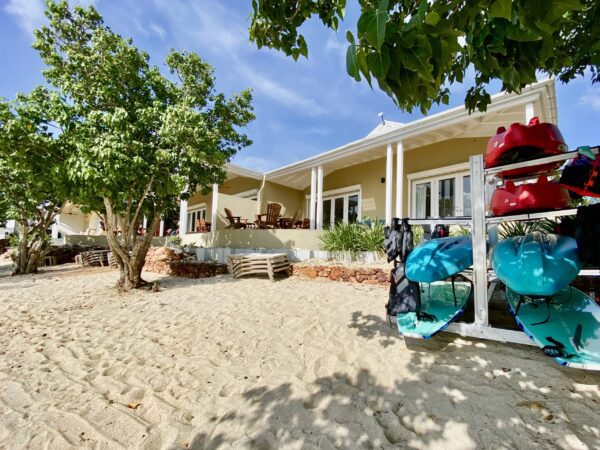
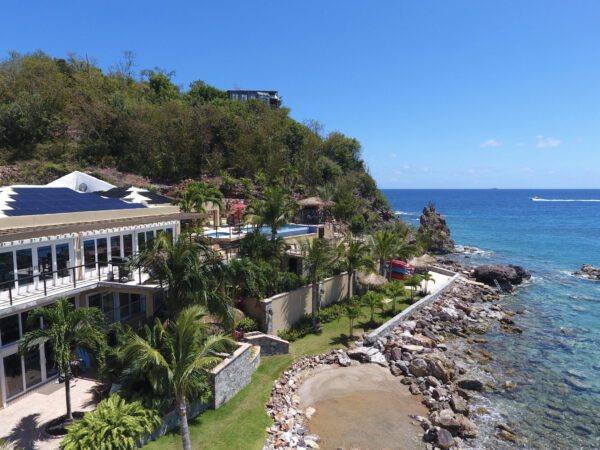
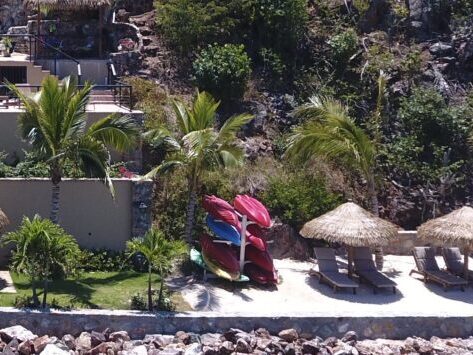
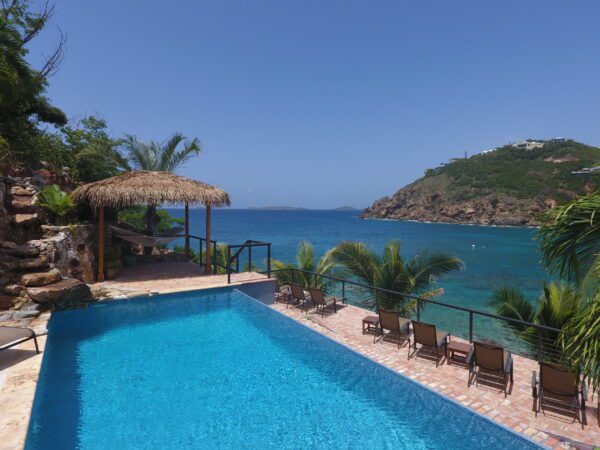
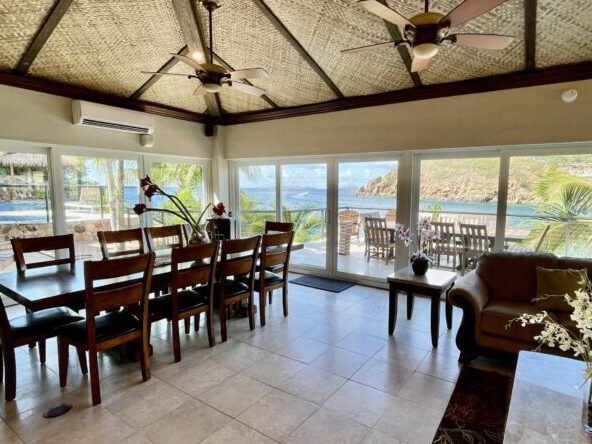
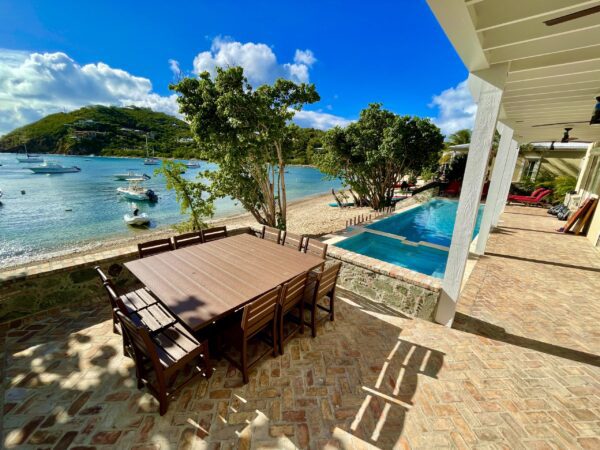

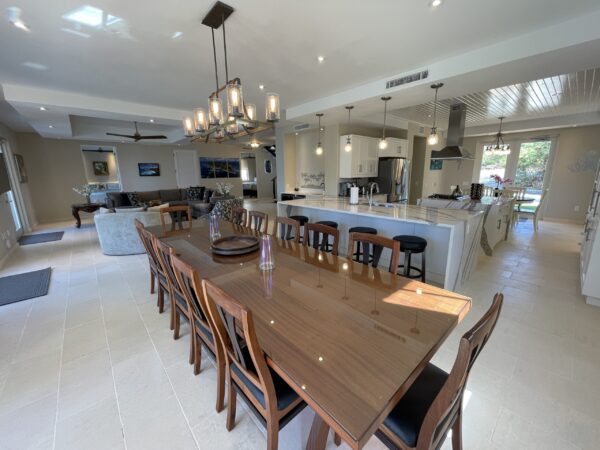
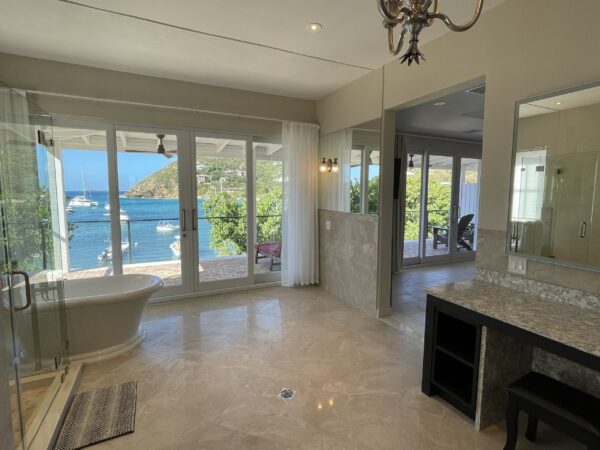

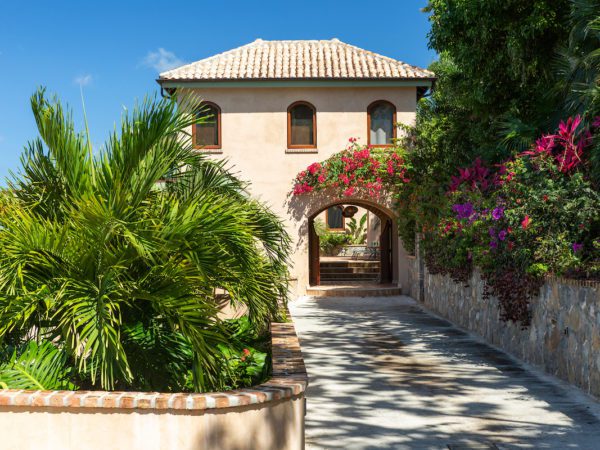
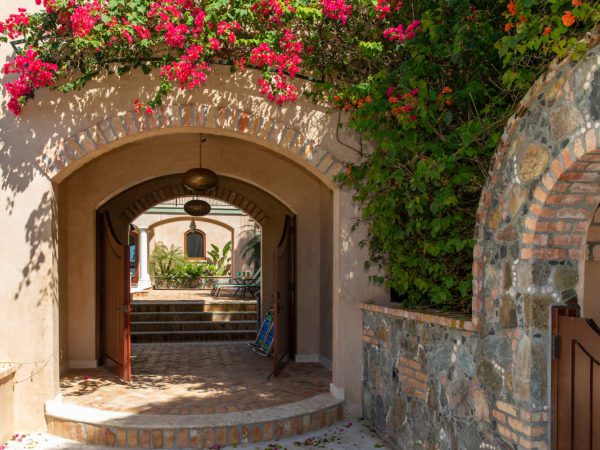
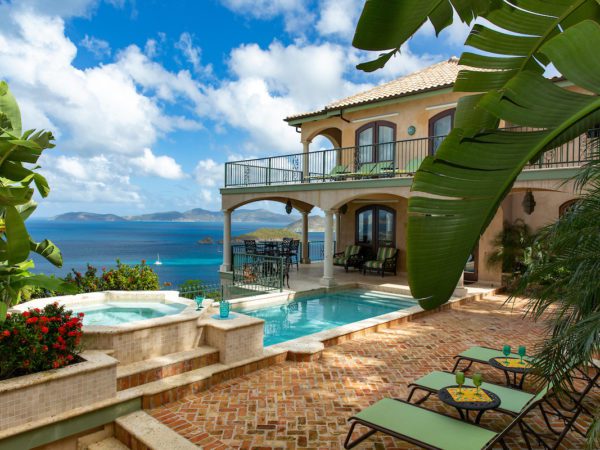
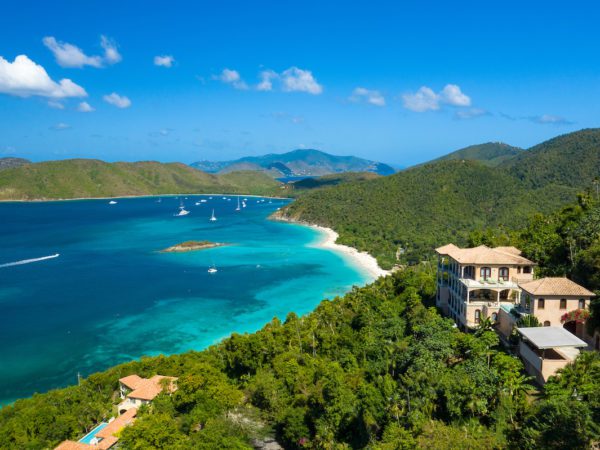
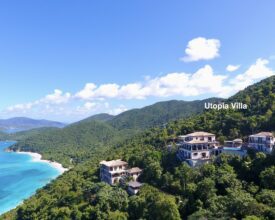
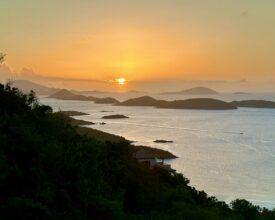
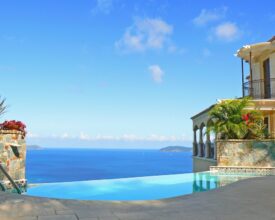
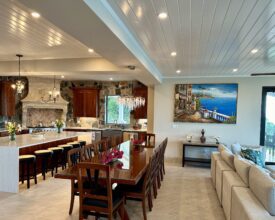

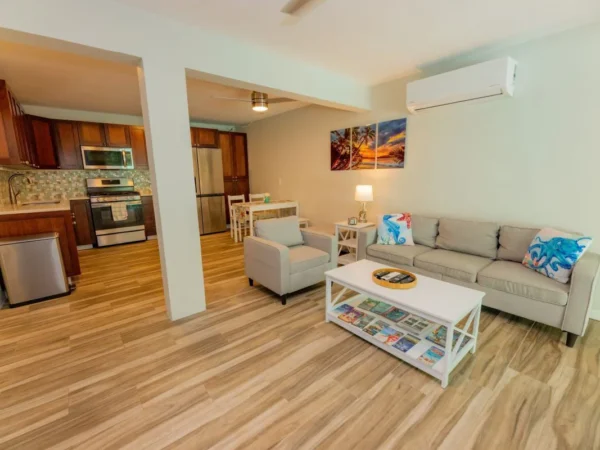
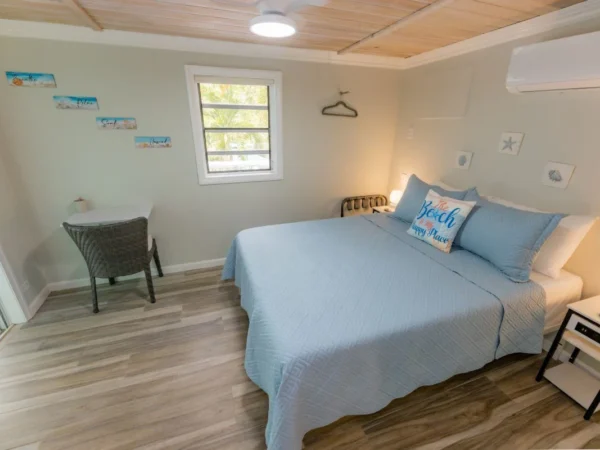
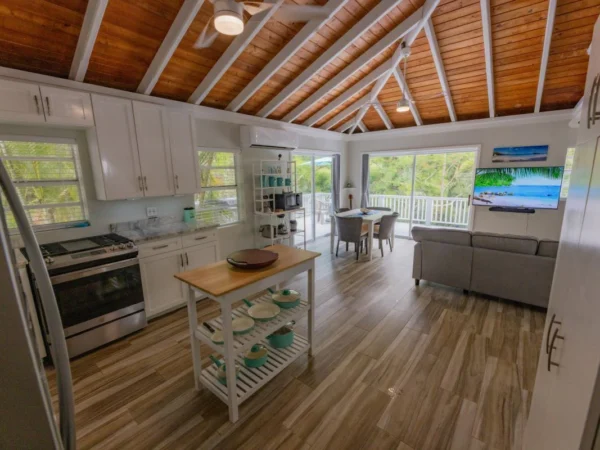



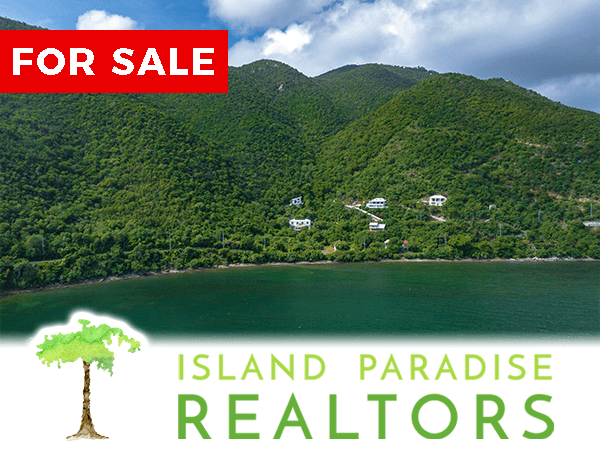

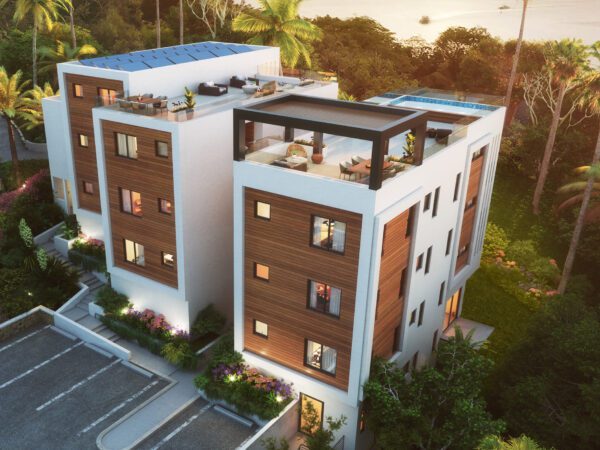
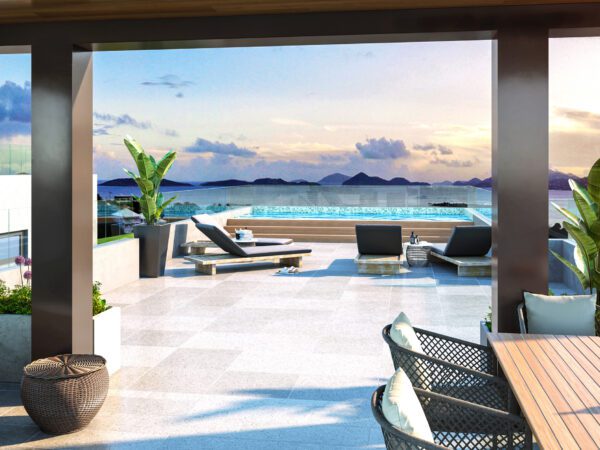
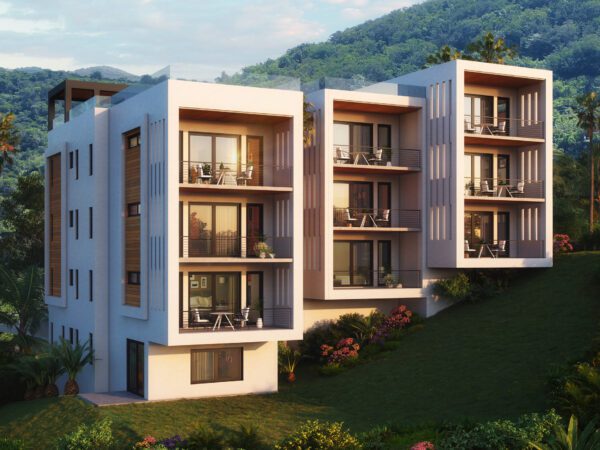
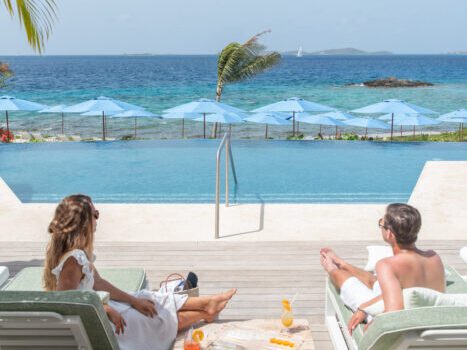
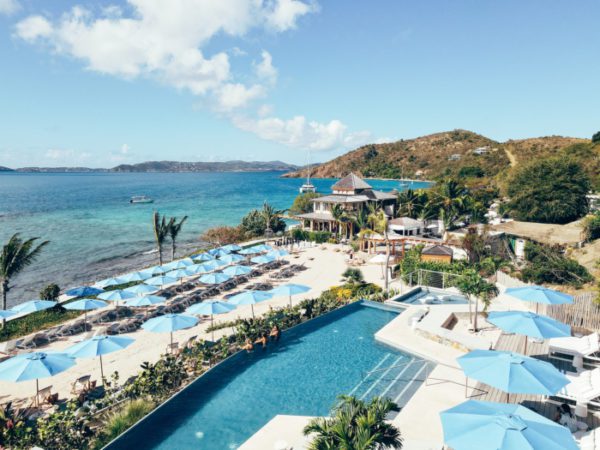
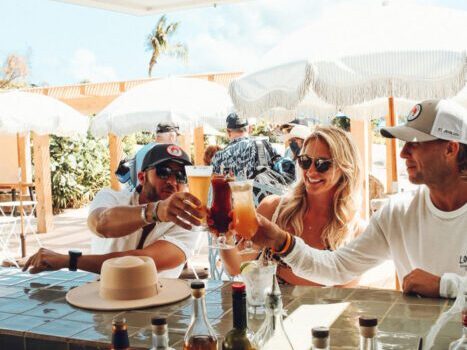
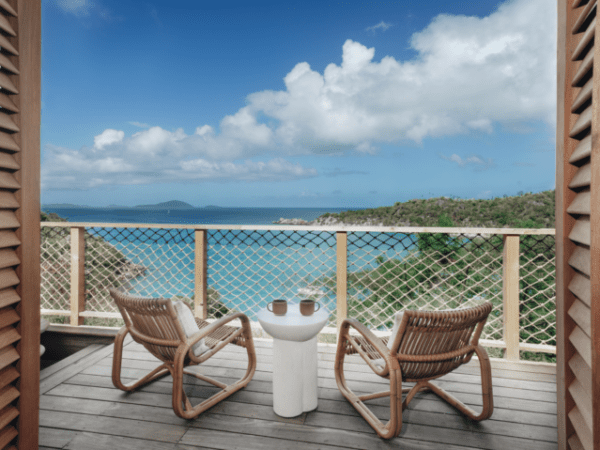
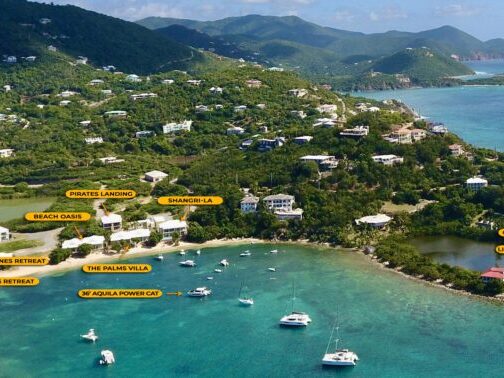
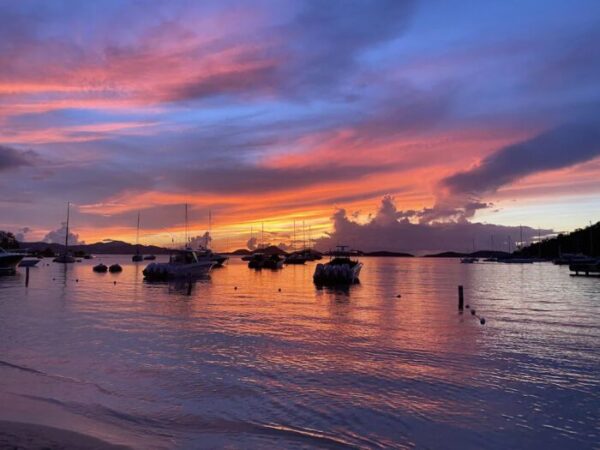
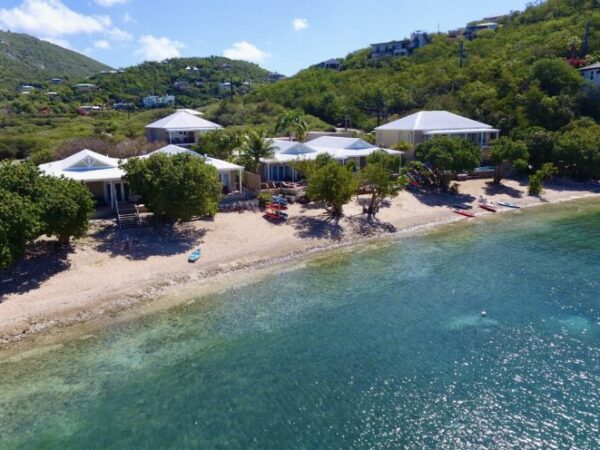
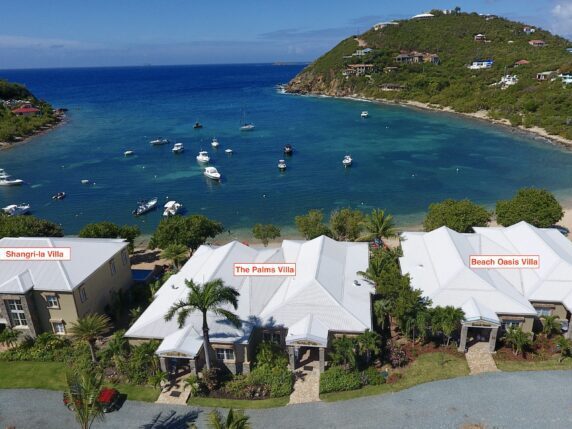
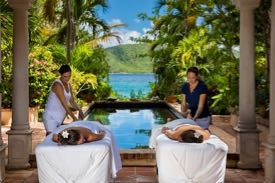

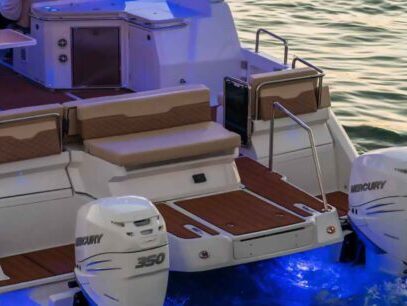
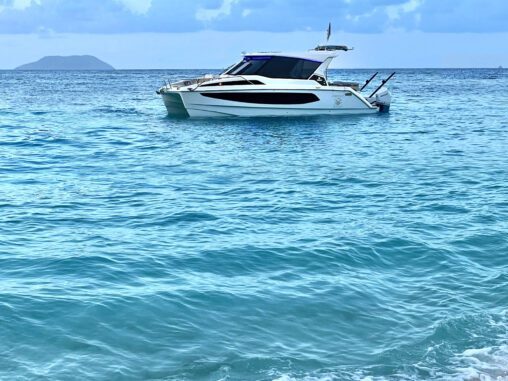


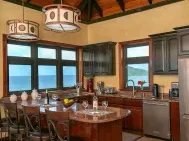
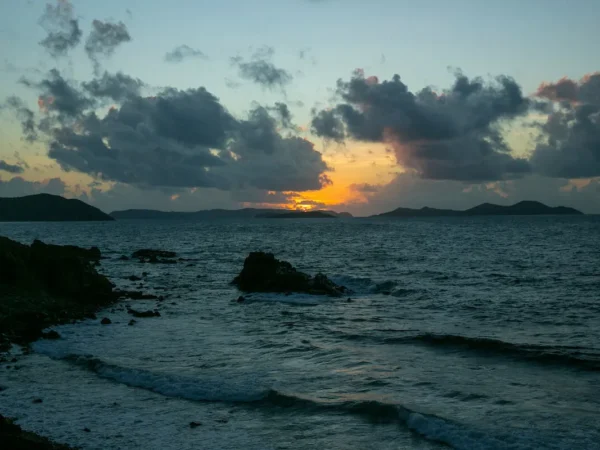
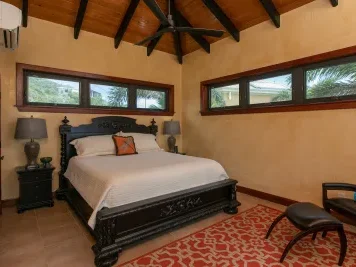
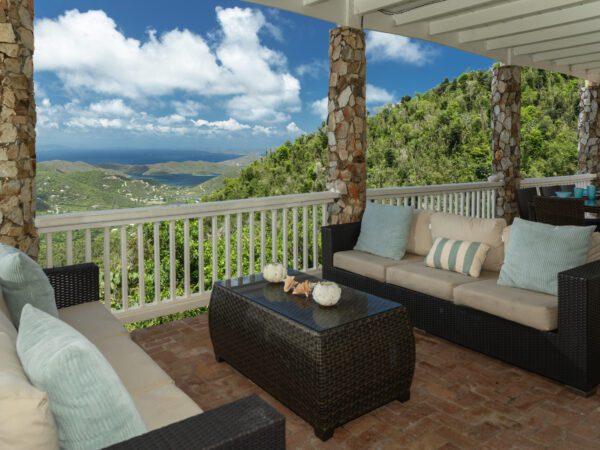
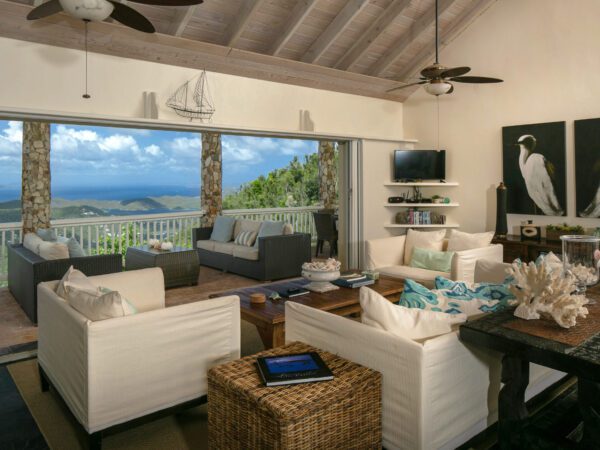
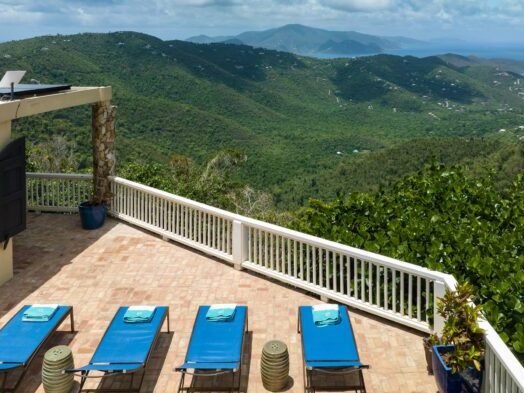
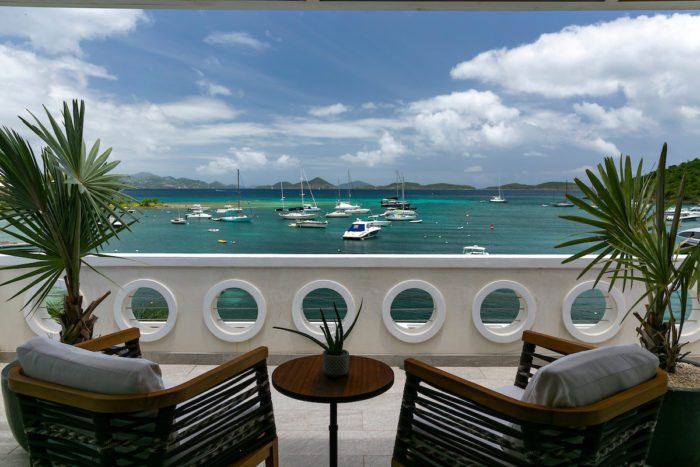


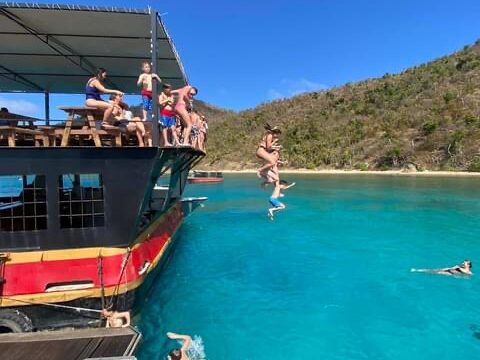
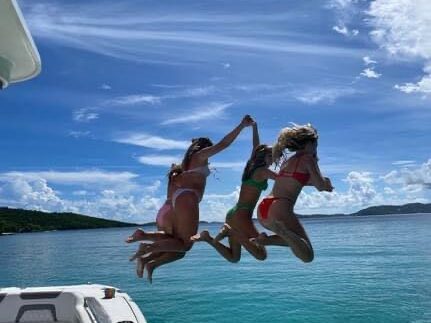
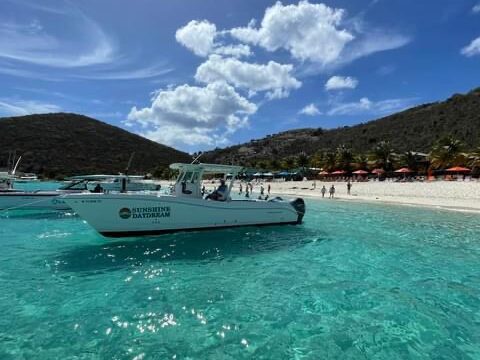
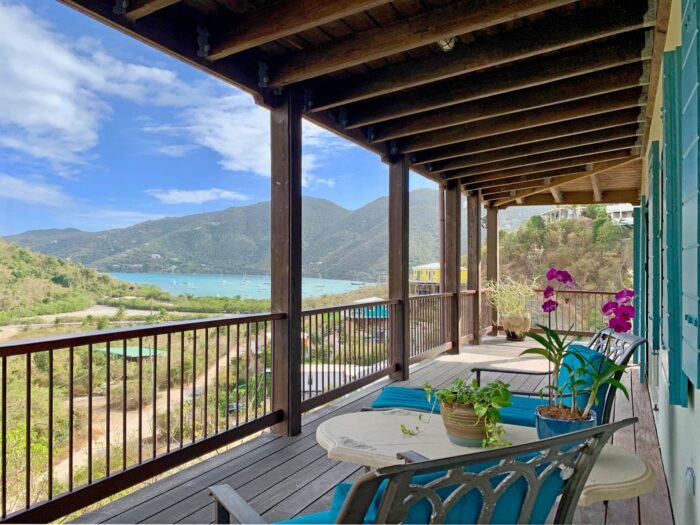
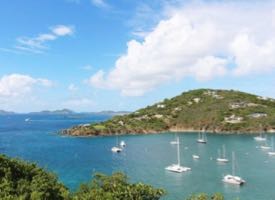
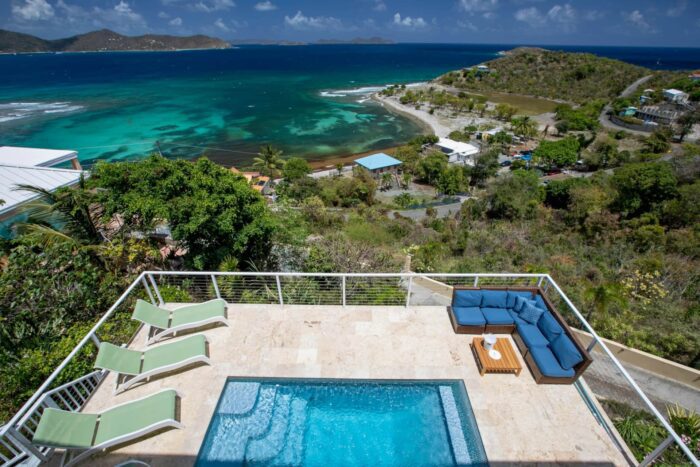


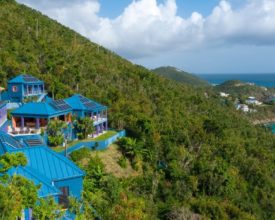
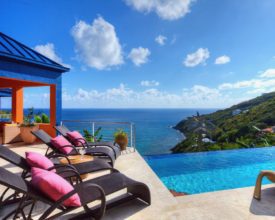
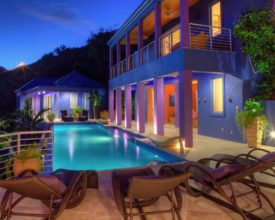
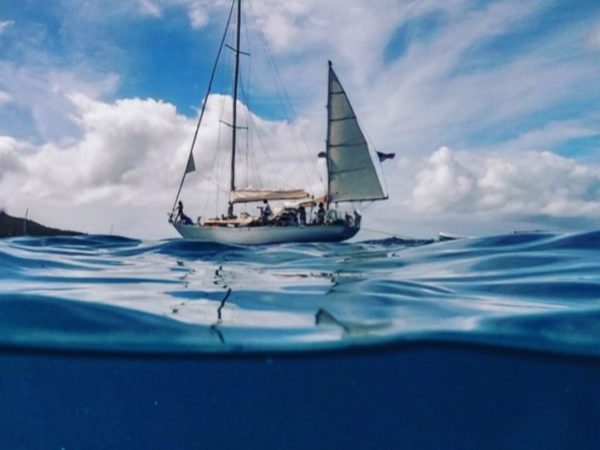
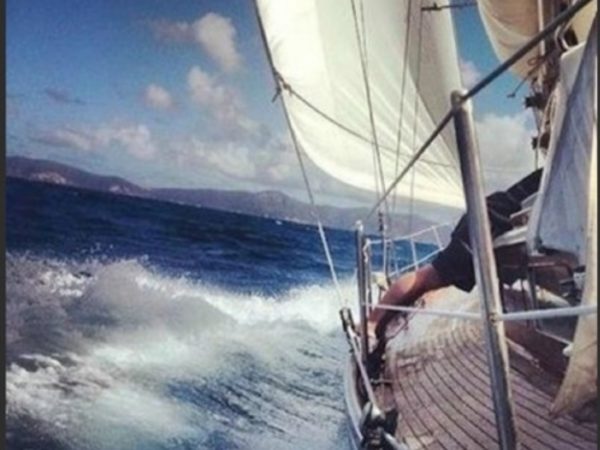

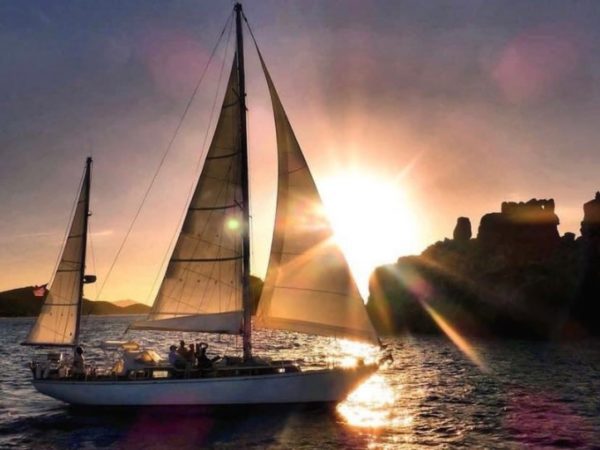
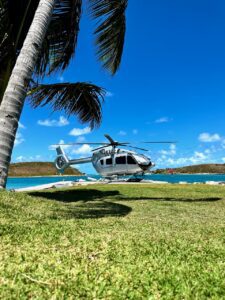

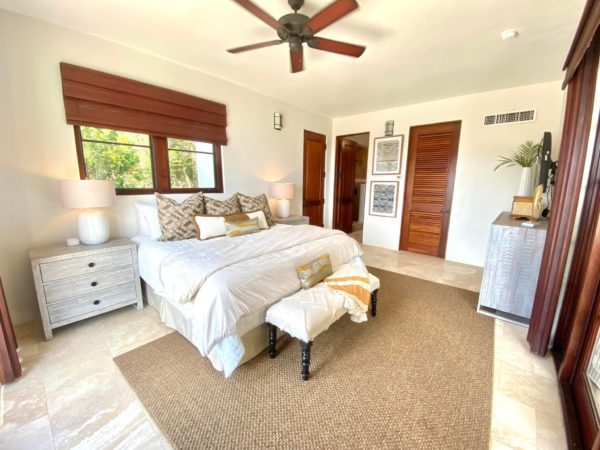
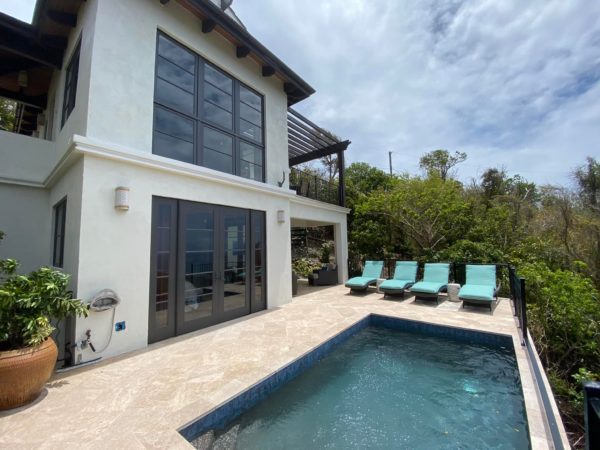
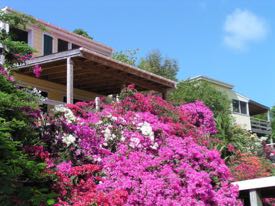
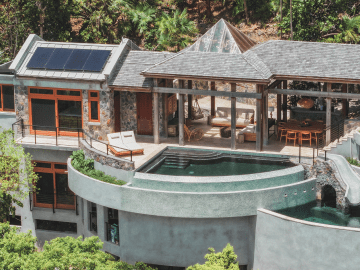
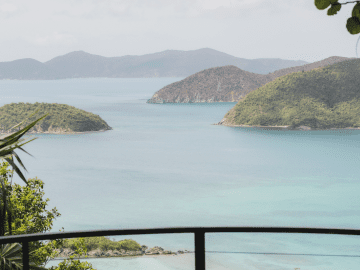
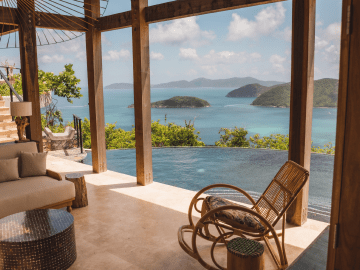
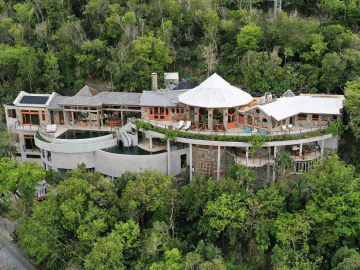
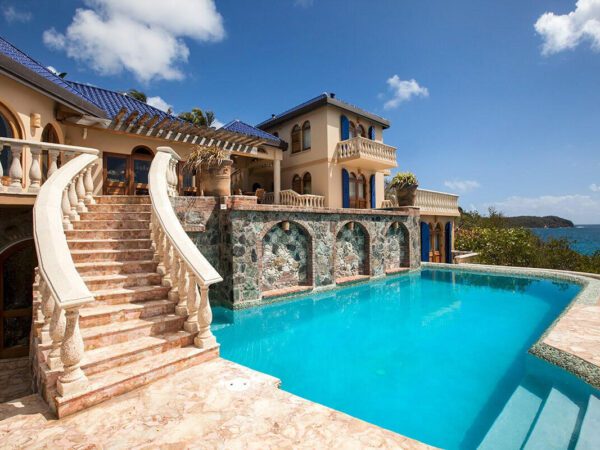
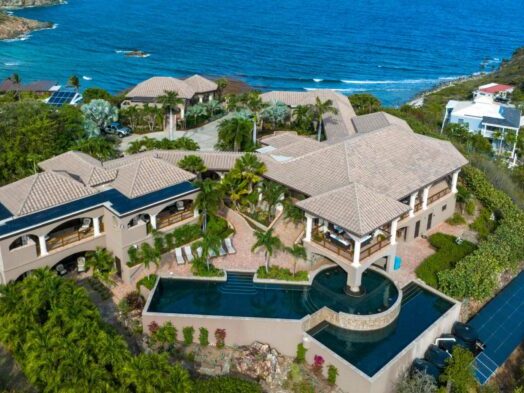
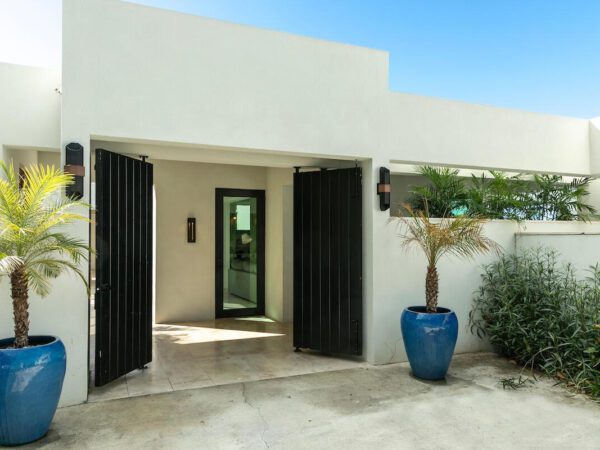
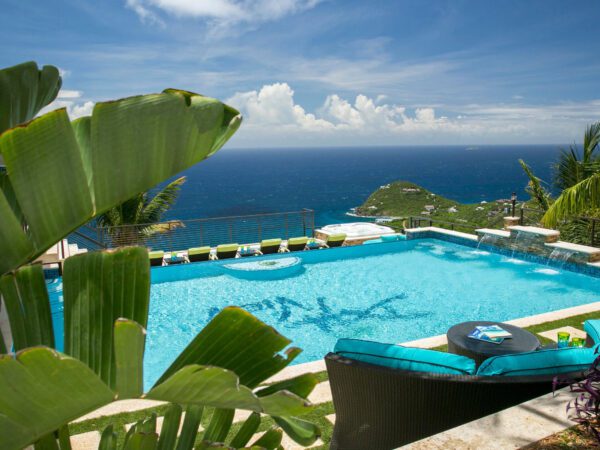
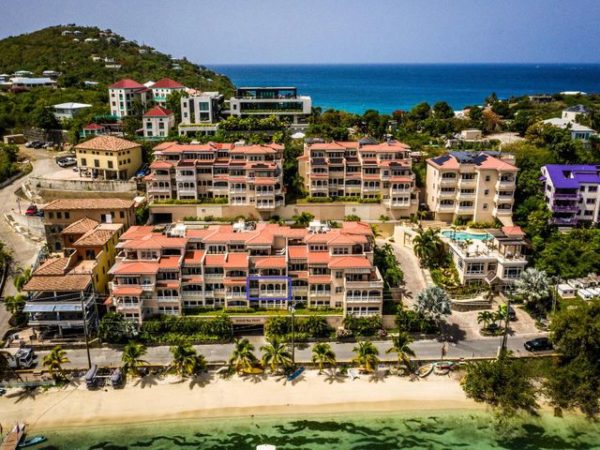
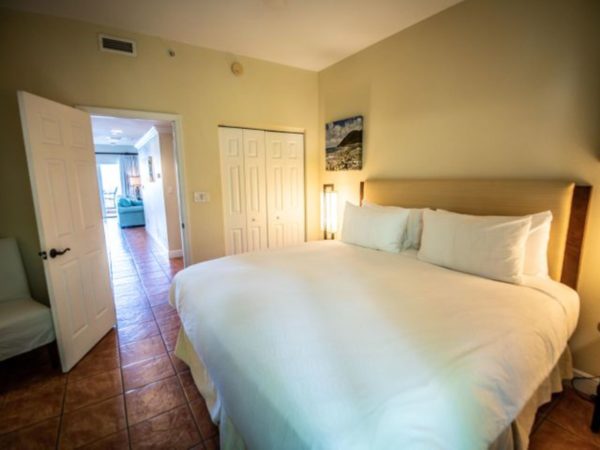
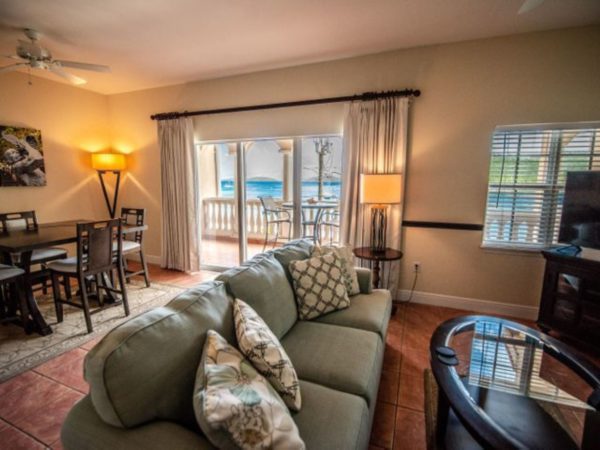
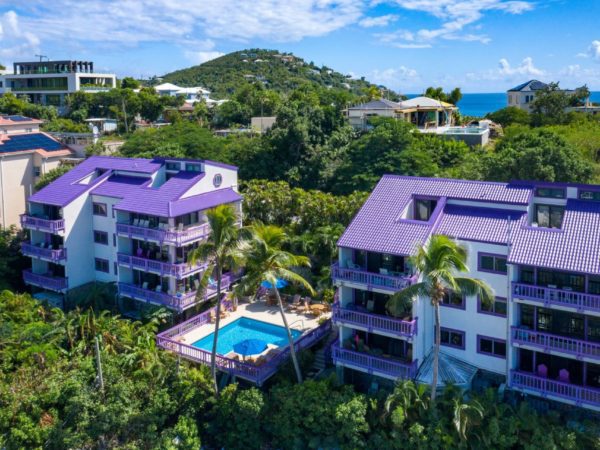
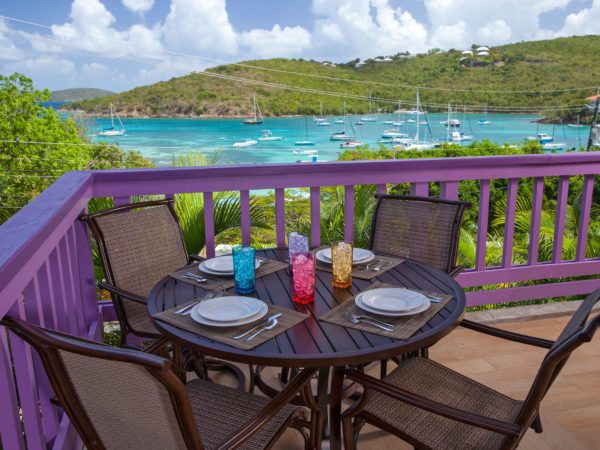
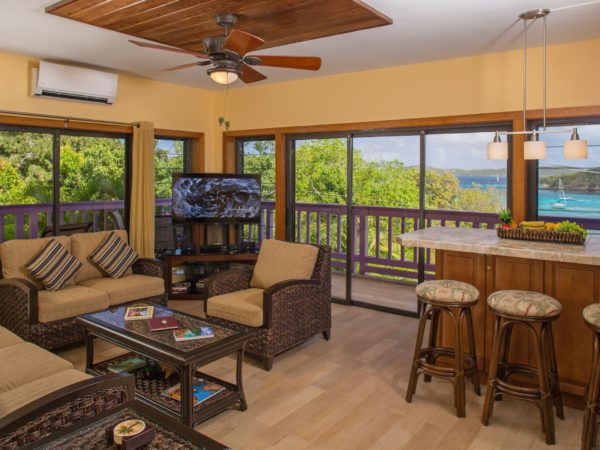

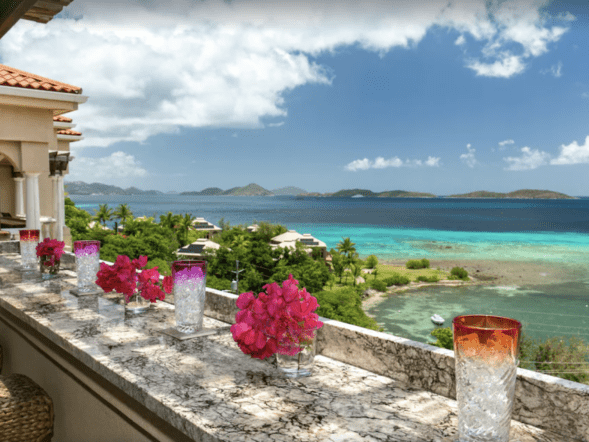
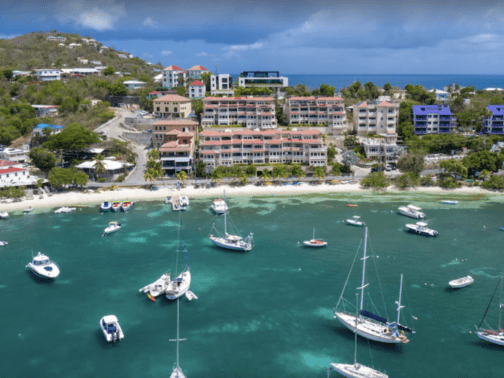
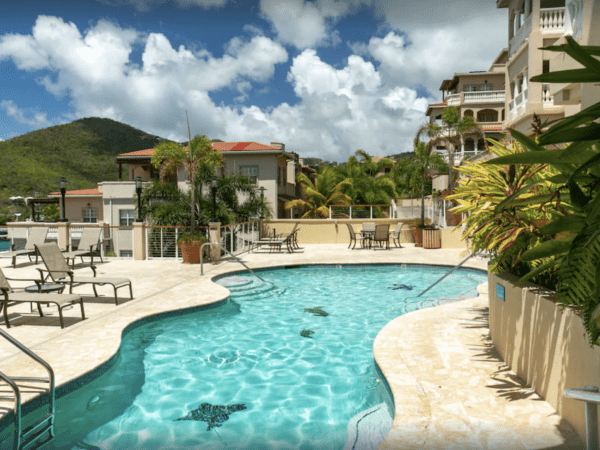
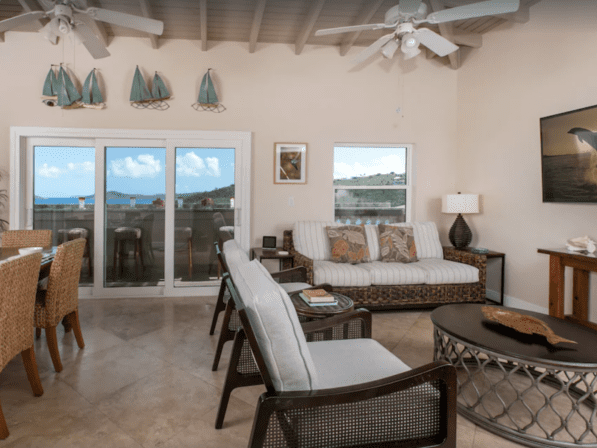

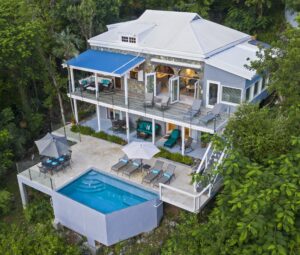
I am from a place where people dream of vacationing.
That makes you very fortunate. 🙂
Is there an ad for Caneel Bay hidden in this article? Seems like it.
love
Unfortunately, St. John hides a horrible truth and that is, it’s unaffordable for its native born. The wealthy have bought up most of the island driving the cost of living so high that its true natives can’t afford to live on their own homelands. Violent crime goes unreported to the media for fear that it will frighten the tourist and the fact that there is no public jr or high school available to its middle class and working poor is appalling!! Not to mention that there is no emergency room (a ferry ride to St. Thomas at best). Tell the truth, the whole truth. You do a great disservice to the island’s true natives by encouraging more of what’s driving them out. Shame.
When I was younger Sprauve went up to the 9th grade… is this no longer so?
I agree with you about schools and healthcare but doubt it will improve with LESS property tax and tourist dollars going to the VI government.
Except that tourist dollars make up the only money that comes onto the island, for the most part. Without them, natives would likely not be able to exist there at all. St. John is not alone in this dilemma..
This article is no favor to St. John. Marina developers are threatening Coral Bay and it is getting more and more crowded. Unfortunately, St. John has been ” discovered”.
It really is disappointing how crowded St. John has become. I miss the days when I had to get out of the way of the fish while snorkeling. Unfortunately it may be time to move on to other places.
Well written for what this is all about…encouraging tourists to visit. All well and fine, but the others posts here have a valid point. I lived on St John awhile ago. St John was quieter, nicer and a real retreat, regardless of the size of your pocket book. Time marches on, not always in the direction we wish, and I feel blessed to have experienced the old St John. Continued development is inevitable. I have fond memories of those days and I reflect on them, a bit, when enjoying the quiet and lush beauty of my new go to places: Dominica, Bequia & Belize.
There is a medical facility on Saint John. The Myrah Keating Health Center. I had a scorpion bite and was directed there. Wonderful health care center. Top notch!!
Yes, Saint John has become more popular, however, we still enjoy it’s beauty, every year. Places change, but Saint John is still beautiful and our favorite vacation spot!
“Build That Wall”!
Mina, I’m not sure you know what you’re talking about. It would really surprise me if you’re a local.
The older West Indian families seem to be doing quite well on STJ. In reality it is the young (predominantly white) seasonal workers that are being hardest hit by the cost of living on STJ. There is virtually no housing on island because the majority of property owners/landlords have all gravitated toward airBnB, etc, to make more money, therefore leaving a huge gap in low cost housing.
There is an incredibly well staffed “emergency” room at Myrah Keating clinic. Dr. Dejames is a fabulous doctor and the entire staff there is great! I’ve dealt with them a number of times so I have personal experience. Do you?
It’s ridiculous to think that STJ should have a middle school or High school. We don’t have close to the number of students that would make it financially viable.
I whole heartedly agree with you on criminal/violent crime being buried, but just to play devil’s advocate, our economy relies wholey on tourism. If you we’re a baker making 50 pies a day for your customers and every once in awhile you had one burn, wouldn’t you just throw it away instead of announcing that you burnt a pie to your patrons?
That’s all I have for now. V.I. Til’ I die….
PK said it best.